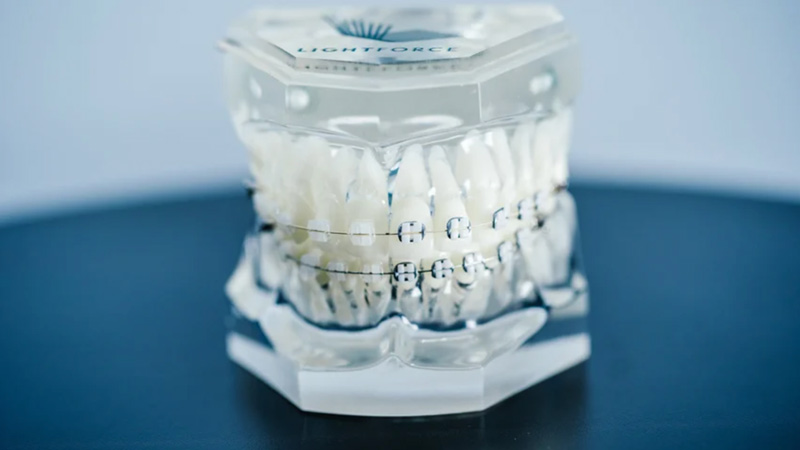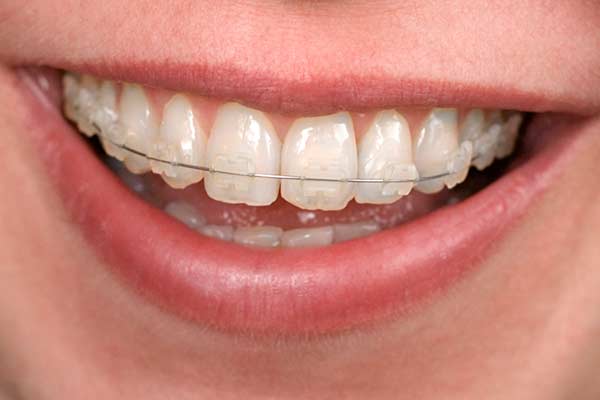Comprehensive Guide to Orthodontics Treatments for Fixing Oral Imbalances
Understanding the ins and outs of each treatment, including their mechanisms, advantages, and potential downsides, is crucial in making informed decisions concerning one's orthodontic therapy. As we navigate with the extensive overview to orthodontic procedures for fixing oral imbalances, the elaborate details of each method will certainly unfold, shedding light on the course toward a useful and unified dental alignment.
Orthodontic Procedures Overview

In addition to clear aligners and conventional braces, orthodontists might likewise recommend other treatments like headwear, palatal expanders, or retainers to resolve certain placement concerns (cumming invisalign). These treatments are customized per person's unique needs and might include a combination of therapies to achieve the preferred results. Routine modifications and tracking are important parts of orthodontic treatment to make sure progression gets on track and to make any kind of required alterations in the process. By undergoing orthodontic treatments, individuals can not only accomplish a straighter grin but likewise boost their total oral health and wellness and feature.
Traditional Braces: Exactly How They Work
When thinking about orthodontic treatments for dental misalignments, conventional dental braces attract attention as a reliable approach for remedying teeth positioning. Traditional dental braces are composed of braces, wires, and bands that collaborate to use continual pressure on the teeth, progressively relocating them into the preferred positioning. The braces are affixed to the teeth using a special adhesive, and the cords are threaded with the braces. By readjusting the stress of the cables, orthodontists can control the direction and force related to each tooth, assisting them into proper alignment over time.
As stress is applied to the teeth with the braces, the bone bordering the teeth is improved to sustain the brand-new tooth settings. Clients will need regular changes at the orthodontist's office to make sure the dental braces proceed to use the right stress for effective teeth motion.
Unseen Aligners: Advantages And Disadvantages
Unseen aligners supply a practical and very discreet option to typical braces for correcting oral imbalances. These clear, personalized trays are virtually unseen when put on, making them an enticing option for people seeking a more cosmetically pleasing orthodontic therapy. Among the main advantages of unnoticeable aligners is their removability, allowing for simpler maintenance of dental health contrasted to traditional dental braces. Patients can get rid of the aligners before consuming or brushing their teeth, reducing the risk of food obtaining embeded the device and streamlining the cleaning process.

Surgical Orthodontic Options
Surgical treatments in orthodontics present practical options for addressing intricate dental misalignments that might not be efficiently dealt with through standard orthodontic therapies. While unseen aligners and typical dental braces can fix many orthodontic issues, specific cases call for surgical intervention to achieve ideal results. Surgical orthodontic options are commonly recommended for extreme malocclusions, significant jaw inconsistencies, and situations where the underlying bone structure requires alteration to accomplish correct placement.
One usual medical orthodontic procedure is orthognathic surgery, which involves repositioning the jaws to correct practical issues such as trouble talking or eating. This surgery is typically carried out in partnership with an orthodontist who aids line up the teeth before and after the treatment. Surgical orthodontics may additionally entail treatments to expose affected teeth, eliminate excess periodontal tissue, or reshape the jawbone to produce an extra unified facial profile.
Before thinking about medical orthodontic options, individuals go through an extensive assessment to establish the necessity and prospective advantages of such interventions. aligners. While surgical treatment may seem overwhelming, it can significantly improve both the feature and aesthetic appeals of the smile in instances where conventional orthodontic treatments fail
Retainers and Post-Treatment Treatment

Post-treatment care entails adhering to the orthodontist's instructions diligently. This may consist of proper dental health practices, going to follow-up consultations, and using the retainers as suggested. Failure to conform with post-treatment treatment instructions can result in relapse, where the teeth gradually relocate back in the direction of their initial placements. Constant retainer wear, excellent oral hygiene, and normal dental exams are vital for keeping the outcomes achieved through orthodontic surgery and making sure the lasting security of the corrected oral alignment.
Conclusion
In final thought, orthodontic procedures provide different alternatives for correcting dental misalignments. Typical braces make use of metal braces and cords to move teeth right into appropriate placement. Unseen aligners give an even more discreet option but may not be ideal for all instances. Surgical orthodontic choices are offered for teeth whitening trays more extreme imbalances. Retainers are typically utilized post-treatment to keep the brand-new positioning. In general, orthodontic treatments can effectively enhance oral wellness and visual appearance.
As we browse with the detailed guide to orthodontic treatments for fixing dental imbalances, the elaborate information of each technique will unravel, losing light on the path toward a unified and useful dental positioning. - cumming orthodontics
One of the most typical orthodontic treatments is the use of braces, which are composed of steel brackets and cables that apply gentle stress to gradually shift teeth into the preferred position.When considering orthodontic treatments for dental imbalances, conventional braces stand out as a tried and true approach for fixing teeth placing. In addition, invisible aligners might not be appropriate for complicated orthodontic issues that require more significant teeth activity, as they are typically recommended for moderate to moderate instances. Retainers are personalized orthodontic gadgets made to hold teeth in their remedied positions after the completion of orthodontic therapy.